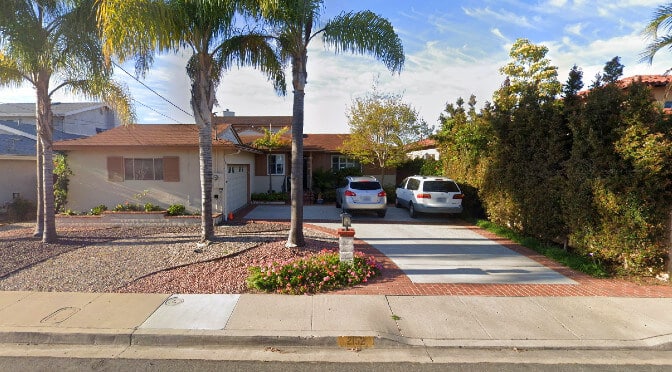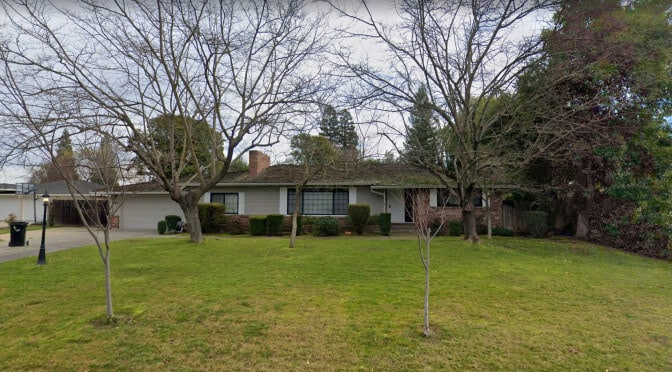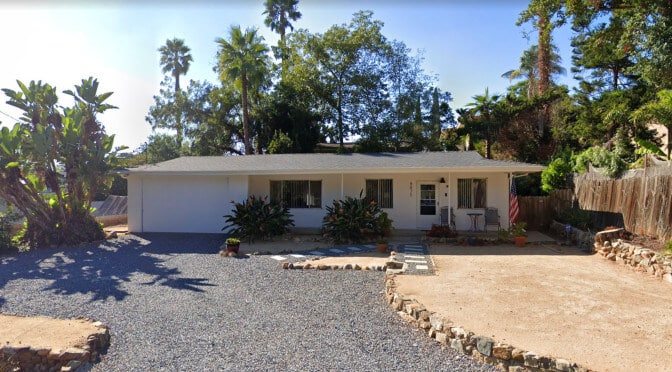
How to Buy Someone Out of an Inherited House
Buying Out a Sibling from an Inherited House
Inheriting a house can be a complex process, especially when buying a sibling out of an inherited house is required. When one beneficiary wishes to buy out the others and assume sole ownership of the inherited property, a strategic plan is essential. Buying out a sibling’s share in an inherited house with specialized private lending is often the fastest and easiest way to divide the inheritance. This article outlines a step-by-step guide on buying out a sibling from an inherited house from start to finish.
How to Buy Out Siblings in an Inherited Home
The initial step involves determining the value of the estate or trust assets, with a focus on the often challenging task of valuing real estate. Subsequent steps cover creating a distribution agreement with fellow beneficiaries, calculating the necessary buyout loan amount, securing short-term financing from specialized lenders, and ultimately distributing cash and real estate to the beneficiaries according to the agreed-upon terms. The article concludes by detailing the process of refinancing the short-term inheritance loan into a long-term traditional loan, providing a comprehensive roadmap for a smooth and equitable buyout process.
Step 1 – Determine the Value of the Estate or Trust Assets
The first step in buying out siblings in an inherited house is determining the value of the assets within the estate or trust. Common assets include cash, stocks and bonds and real estate. The most difficult asset to value is typically the real estate.
Determining the real estate value can be done by hiring a professional appraiser or by using free online valuation tools such as Zillow or Redfin. It’s important to have a clear understanding of all the assets and their corresponding values prior to moving forward.
Step 2 – Create a Distribution Agreement with Other Beneficiaries
Once the asset values of the estate or trust have been determined and agreed upon, the next step is to create a distribution agreement with the other beneficiaries. This agreement should outline the asset values, terms of the buyout, the amount that each beneficiary will receive, the buyout timeline and any other important details. It is important to have a clear agreement to ensure that everyone is on the same page and that the buyout process runs smoothly.
Step 3 – Determine the Needed Buyout Loan Amount to Equalize the Distribution
The next step is to determine the amount of the buyout loan needed to equalize the distribution. Real estate assets are commonly the largest (or only) part of the inheritance that is being distributed. When this is the case, dividing the interest in the real estate becomes challenging when one beneficiary wishes to maintain ownership of the property while others just want cash.
A loan amount to equalize the distribution must be calculated. The calculation should take into account the value of the property, other assets being distributed, the amount of money needed to buy out the other beneficiary and any other expenses associated with the buyout.
Step 4 – Utilize an Estate or Trust Loan Lender for Short-Term Financing
Once the loan amount has been determined, the next step is to secure the short-term financing needed to equalize the distribution and complete the buyout. One option is to utilize an estate or trust loan lender, which specializes in short-term financing for inherited property buyouts. Loans for estates are commonly referred to as probate loans as the estate typically needs to go through the probate process. These lenders understand the complexities of the inheritance process and can provide tailored financing options to meet your needs.
The loan is made to the trust or estate as the borrower, since this entity is currently the owner of the property. The loan proceeds go directly to the bank account of the estate or trust.
Step 5 – Distribute Cash and Real Estate to Beneficiaries
After the inheritance buyout financing has been secured, the next step is to distribute the cash and real estate to the beneficiaries. This should be done based on the distribution agreement created previously. The distributions are typically initiated by the successor trustee or probate administrator.
Step 6 – Refinance Short-Term Inheritance Loan into Long-Term Traditional Loan
Finally, the short-term inheritance loan can be refinanced into a long-term traditional loan. Once the property has been transferred out of the estate or trust and into the individual beneficiary’s name, the traditional refinance loan process can begin. The refinance process will automatically payoff the short-term estate or trust loan.
Conclusion – Buying Out Siblings Share of an Inherited House
Buying out siblings from an inherited house can be a complex process, but it can be accomplished with the right plan, financing tools and cooperation with other beneficiaries. By determining the value of the inherited assets, creating a distribution agreement, securing the necessary short-term financing, and distributing the cash and real estate to the beneficiaries, you can successfully buy out siblings and ensure that everyone involved is satisfied with the outcome.
Recent Estate, Probate and Trust Loans Funded by North Coast Financial
Probate & Trust Loans Resource Guide
California Probate, Estate & Trust Loan Request
We will contact you to review the loan scenario and provide a quote.




